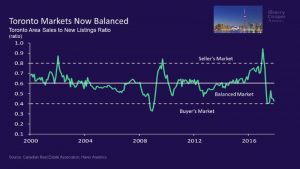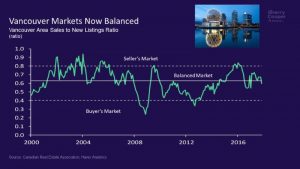
When shopping for a mortgage, many home buyers enlist the services of a Mortgage Professional. There are several benefits to using a Mortgage Broker and I have compiled a list of the top 8:
1. Saves you time – Mortgage Brokers have access to multiple lenders (over 50!). They work with lenders you have heard of and lenders you probably haven’t heard of. Because their relationship with lenders is ongoing, Mortgage Brokers know what is available in mortgage financing and will be able to advise you on what your lending options are without all the leg work that you would have to do in order to find a small percentage of information that a Mortgage Broker already has in hand.
2. Saves you money – Mortgage Brokers, if they are successful, have access to discounted rates. Because of the high volume that they do, lenders make available discounted rates that are not available directly through the branch of the lender that you go to.
3. Saves you from becoming stressed out! – It can be very daunting to find a mortgage. A Mortgage Broker takes on that stress for you. Your Mortgage Broker will make sure all the paperwork is in place. They will keep in good communication with you so that you know what is going on with your mortgage and will keep you up to date with any complications so that there are no surprises.
4. Gives you access to lenders that are otherwise not available to you – Some lenders work exclusively with Mortgage Brokers. In these circumstances, the layman does not have access to these lenders and, therefore, does not have the option to use discounted rates and mortgage products that these lenders offer.
5. Services are free – Mortgage Professionals are paid by the lender and not by you. This is not a disadvantage to you. A good Mortgage Broker will ALWAYS have the best interest of the client in mind because if you, as a client, are happy, you will go tell your friends about the service you’ve received from the Mortgage Professional you work with. Mortgage Professionals rely on referrals, which means that if you are a happy customer, and you got the best deal available, you will tell your friends and family about them which will result in referrals and potential future business.
6. Take on every challenge – As Mortgage Professionals, we see every scenario out there and work to make sure that every client knows what is available to them for financing options for a mortgage. Damaged credit and low household income might be a deterrent for the bank, but a Mortgage Professional knows how to approach the lender and has the relationship to make sure every client has a plan and strategy in place to make sure there is a mortgage in their future.
7. The Mortgage Brokerage industry is monitored by governing bodies – Nowadays, as Mortgage Brokers, it is extremely important to have principles and values that are based on the best interest of the client. In fact, in order to become licensed, the Mortgage Professionals need to be well versed in the ethical and upstanding values that are outlined through the Financial Institutes Commission, a provincial governing body that is a watchman for this industry. FICOM’s mandate is to make sure every Mortgage Broker walks in integrity and in the best interest of their client.
8. The Mortgage Broker has a better understanding of what mortgage products are available than your bank – Interestingly, a Mortgage Broker has to be licensed and cannot discuss mortgages with you unless they are licensed. This is unlike the bank who can “internally train” their staff to sell the specific products available from their bank. The staff at your bank do not have to be licensed Mortgage Professionals.
While this is not an exhaustive list on the benefits of using a Mortgage Professional, it is compelling to see the benefits of using a Mortgage Professional rather than putting a mortgage together on your own.
At Dominion Lending Centres, we have an excellent rapport with the lenders we introduce our clients to. Our customer service is reflective of our relationship with our lenders. We are always professional and we always make sure our clients know every viable option they have for mortgage financing.
Contact me for your best mortgage options 705.669.7798 or trina@ndlc.ca
#trinamortgages #mortgages #ndlc #freedomofchoice
#bestmortgageforme #executive #firstimehomebuyer
If you found this information valuable, I only ask that you share with your friends and family.
Copyright DLC



![aba32331-5f54-47e5-a538-98324f362738[1]](http://sherrycooper.com/wp-content/uploads/2017/12/aba32331-5f54-47e5-a538-98324f3627381-300x168.png)
![af1e05b9-fb28-4175-bda6-7ee05ea8be44[1]](http://sherrycooper.com/wp-content/uploads/2017/12/af1e05b9-fb28-4175-bda6-7ee05ea8be441-300x166.png)
![22518f7b-b6c5-4b52-8f7b-435128333767[1]](http://sherrycooper.com/wp-content/uploads/2017/12/22518f7b-b6c5-4b52-8f7b-4351283337671.png)
![30646683-0026-44c1-b307-4588effb8193[1]](http://sherrycooper.com/wp-content/uploads/2017/12/30646683-0026-44c1-b307-4588effb81931.png)









